How to choose a Christmas tree — and then keep it alive once you get it home
Expert advice on Christmas trees, good news for English bluebells, plus our Quiz of the Day and more — it's all in Tuesday's Dawn Chorus.
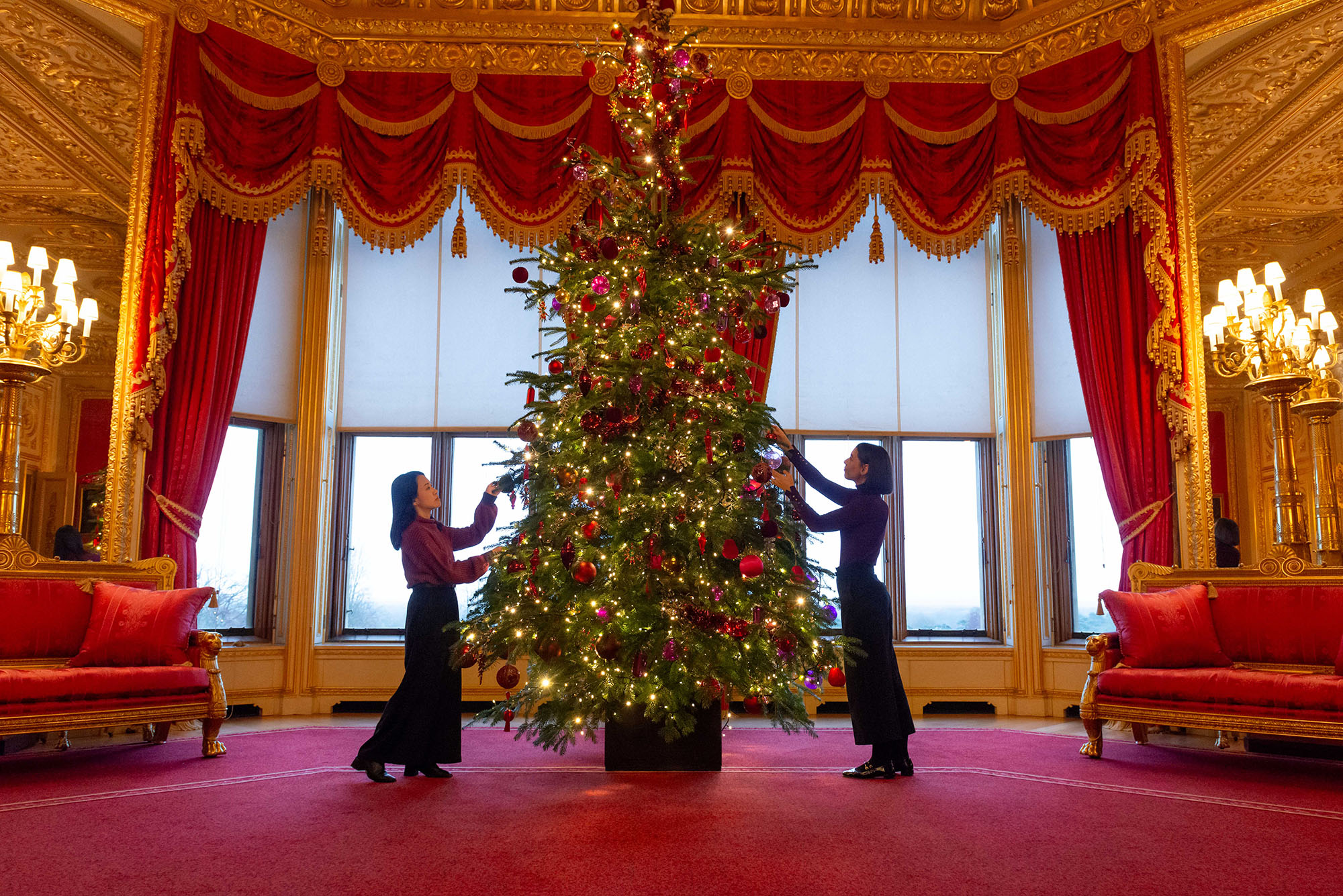
It's the most wonderful time of the year... to cut down a tree, pop it in a bucket and stick it in the corner of your sitting room
Yes, it's Christmas tree season once more.
You'd be a brave soul to put one up this early, of course — not that it's stopped the good folk at Windsor Castle or Claridge's, to name but two.
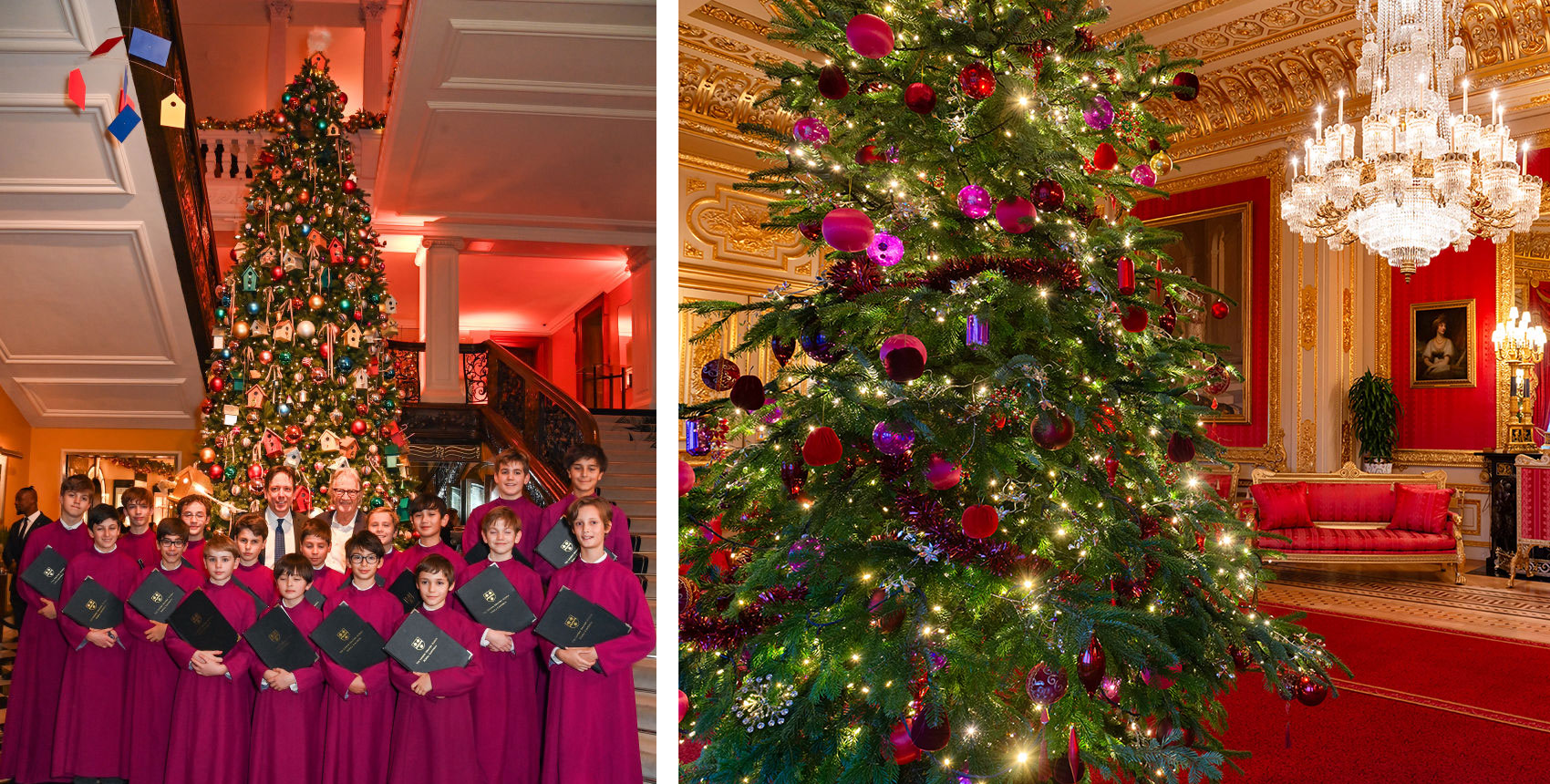
No matter when you take the plunge, though, it's worth thinking about what type to go for — so we were pleased to be sent some timely advice from Andy Little of the British Garden Centres group, who run 65 garden centres across Britain, and therefore we presume know a thing or two about trees.
- The classic Nordmann Fir is a perennial popular choice for Christmas trees, thanks to its symmetrical shape, well-spaced branches, and soft, dark green needles that stay on the tree for a long time. This makes it ideal for families with children and pets;
- If you prefer a more traditional look, the Norway Spruce is a great option. It has a strong, long-lasting fragrance and plenty of branches for hanging ornaments;
- For something a little different, the Fraser Fir has dark blue-green needles and a fresh scent;
- And then there's the Blue Spruce, a striking tree with attractive blue-green foliage.
No matter which you choose, Andy advises that you check that the needles are shiny and green — any yellowing means it's already been out of the ground for longer than you'd want. And if you're choosing between two similar-sized trees, go for the heavier of the two: it's more likely to be fuller of water, and thus will survive longer. Once you get it home, the old advice you've heard a million times really does help: try to position it away from radiators, log burners or other heat sources, and keeping it topped up with water really will help it keep its needles for as long as possible.
There's another option, too. Follow the advice of Alan Titchmarsh on how to grow your own Christmas tree and you'll be able to go years between buying trees.
Quiz of the Day
1) In which country was England cricketer Ben Stokes born? 2) To the nearest hundred, for how many days did Edward VIII reign as monarch? 3) Who sang the theme song for Bond film GoldenEye? 4) Often referred to as ‘Big Ben’, what is the proper name of Westminster’s iconic clock tower? 5) Which blue-flowered herb is traditionally served in Pimm’s?
Answers down below
Sign up for the Country Life Newsletter
Exquisite houses, the beauty of Nature, and how to get the most from your life, straight to your inbox.
Don't feel blue about the bluebells
People have begun to worry about the plight of the English bluebell just as they worry about red squirrels. The worry is that the invasive Spanish bluebell — still pretty, though less delicate nor as charmingly droopy as its English counterpart — will take over the bluebell woods of Britain.
But you need not worry, according to our expert Charles Quest-Ritson: it's simply not going to happen that way. 'English bluebells have two massive advantages over the immigrants, he explains.
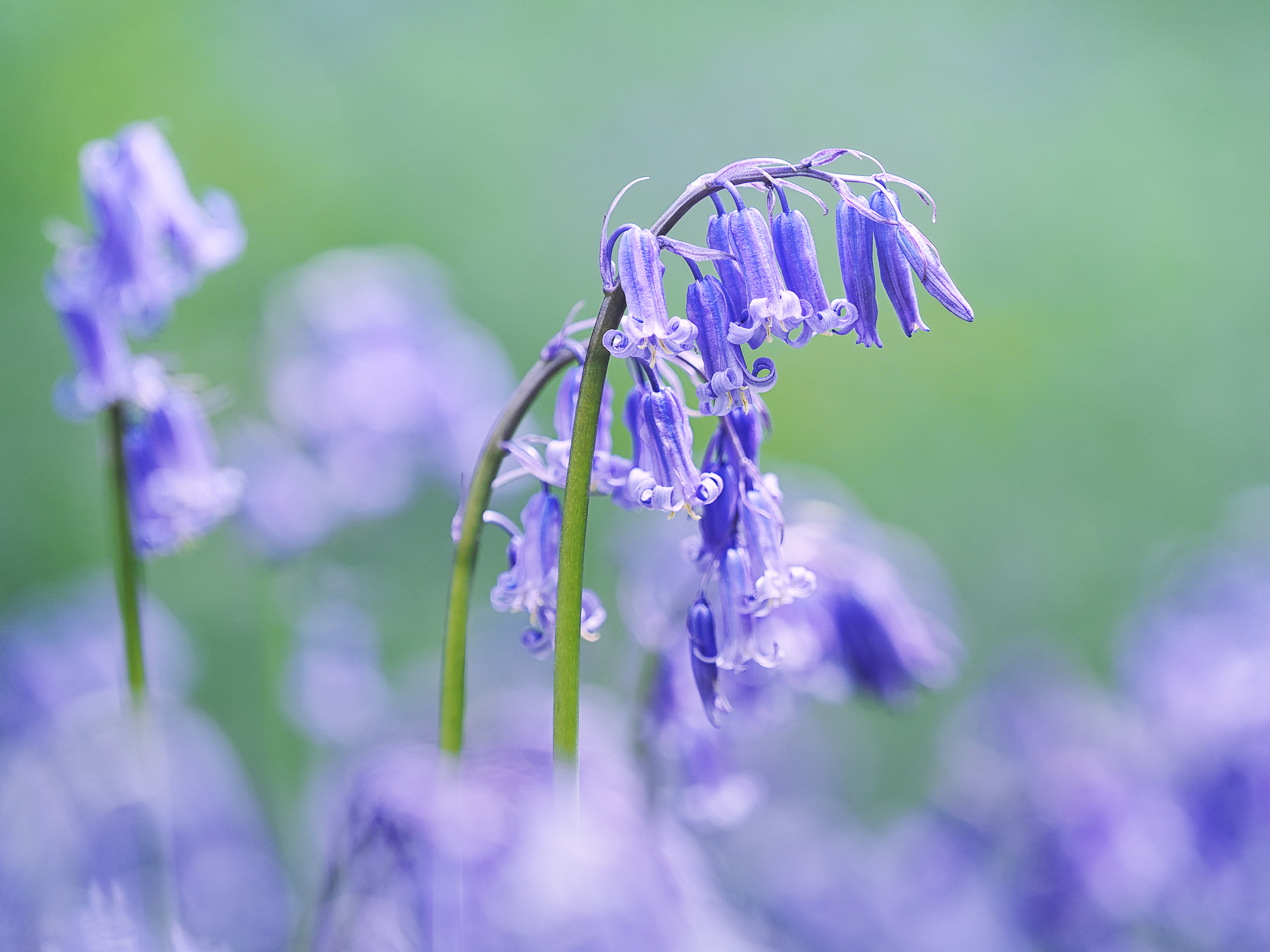
'First, there are so many of them that an occasional dalliance with a Spaniard makes little difference to the overall gene pool.
'[And] second, the two are not fully interfertile, meaning that they don’t cross with each other as easily as one might suppose, because our native bluebells prefer pollen from their own kith and kin. The Spanish hybrid H. x massartiana also prefers pollen from pure English bluebells, which means that its genetic presence diminishes all the time. In short, the old fear of extinction by hybridisation is groundless.'
Just in case, though, CQR has been planting the English variety by the car boot load this autumn — safe in the knowledge that his efforts wouldn't be wasted: 'All this was a comforting thought as I wielded my trowel. Long may my newly planted English beauties be preserved from introgression.'
Read Charles's full piece here.
And finally... he loves the sound of breaking glass
That's it — we're back tomorrow
QUIZ ANSWERS 1) New Zealand 2) 300 (326) 3) Tina Turner 4) Elizabeth Tower 5) Borage (Borago officinalis)

Credit: Strutt and Parker
Best country houses for sale this week
An irresistible West Country cottage and a magnificent Cumbrian country house make our pick of the finest country houses for
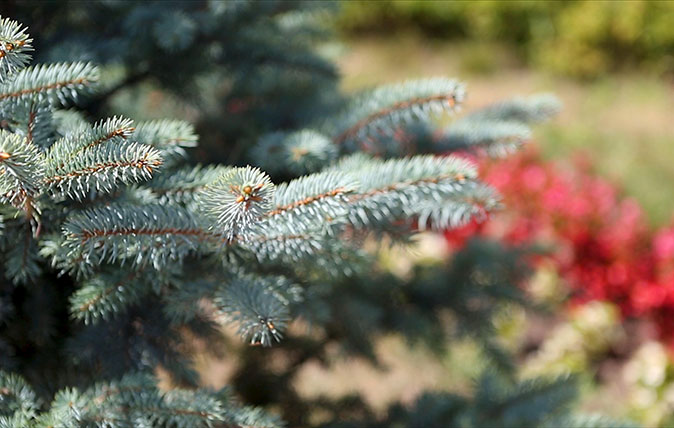
Growing your own Christmas tree: Alan Titchmarsh on what to plant and where to plant it
Why buy your Christmas tree when you can grow your own and enjoy these handsome, statuesque trees all year round?
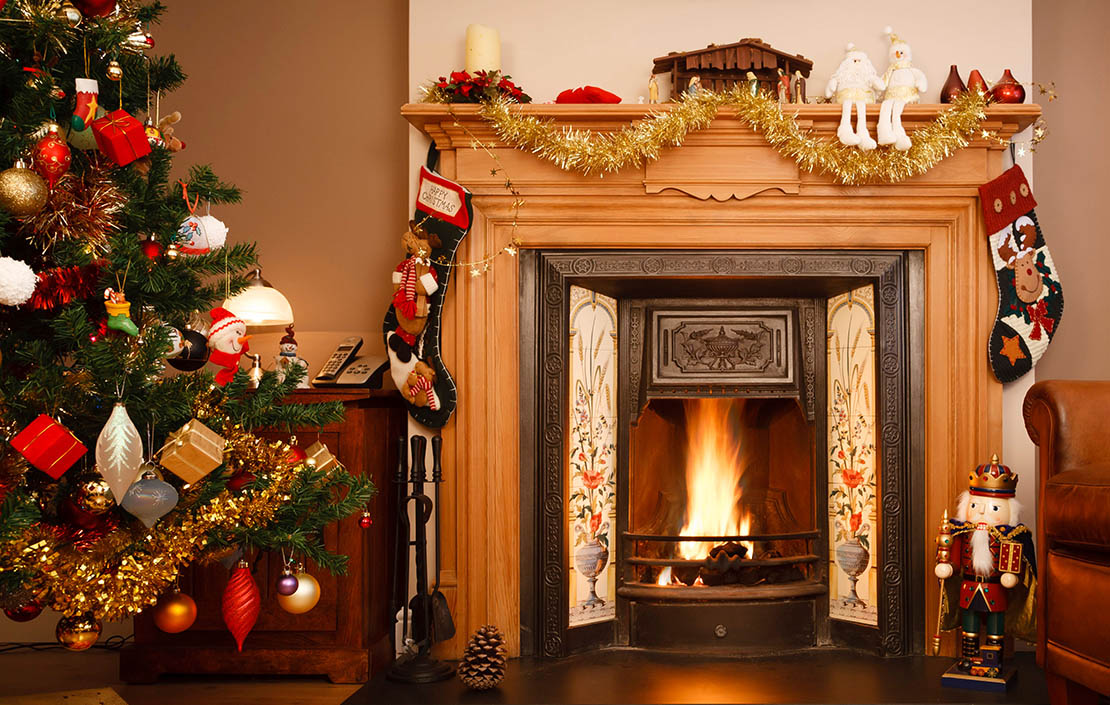
Credit: Alamy Stock Photo
Curious Questions: Why on earth do we have Christmas trees?
In the middle of winter, we cut down fir trees, bring them inside and decorate them – then let them shed
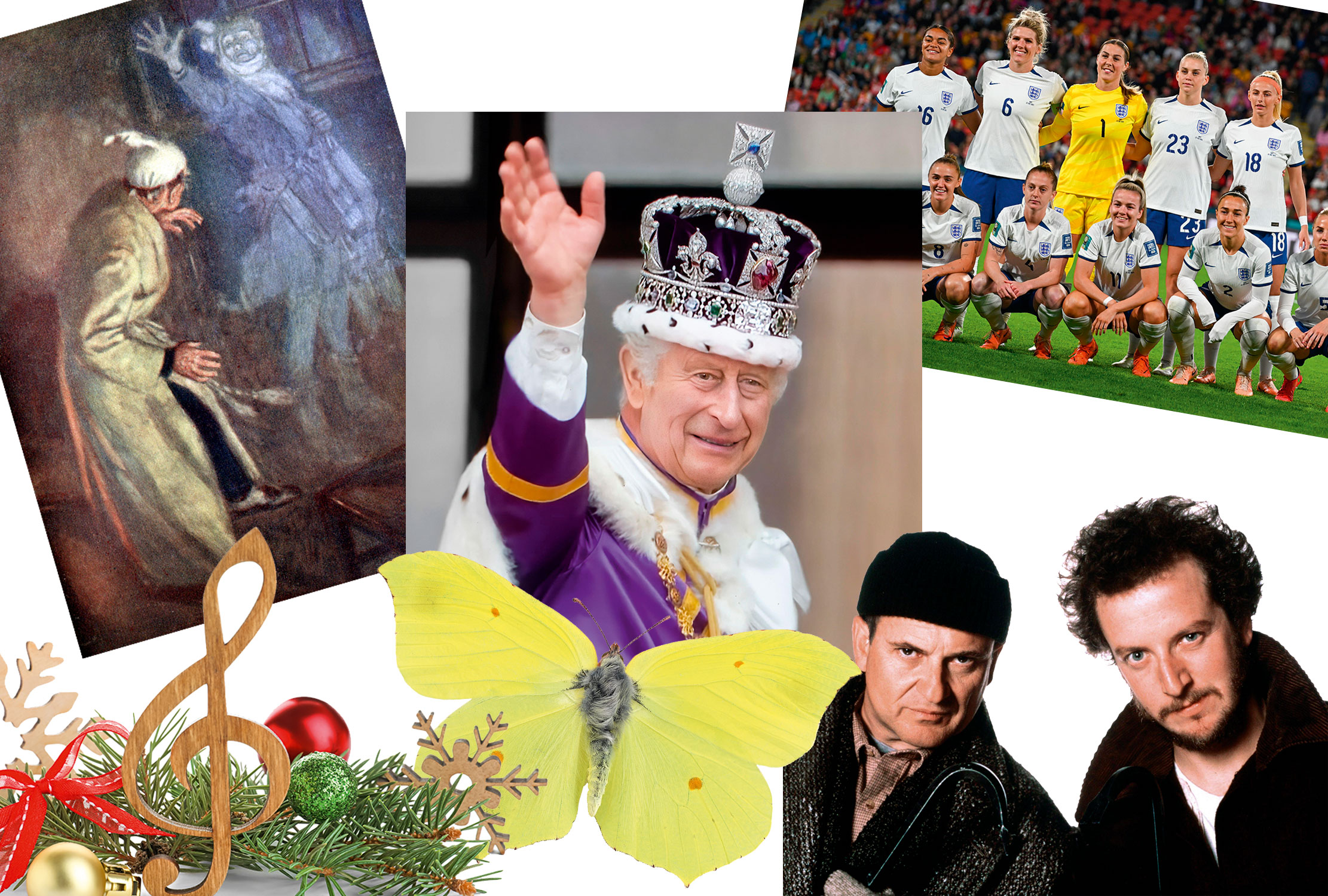
Credit: Getty / Alamy
The 2023 Country Life Editor's Christmas Quiz
Test your festive knowledge with Country Life's biggest quiz of the year, as compiled by Victoria Marston.
Toby Keel is Country Life's Digital Director, and has been running the website and social media channels since 2016. A former sports journalist, he writes about property, cars, lifestyle, travel, nature.
-
 'Monolithic, multi-layered and quite, quite magnificent. This was love at first bite': Tom Parker Bowles on his lifelong love affair with lasagne
'Monolithic, multi-layered and quite, quite magnificent. This was love at first bite': Tom Parker Bowles on his lifelong love affair with lasagneAn upwardly mobile spaghetti Bolognese, lasagne al forno, with oozing béchamel and layered meaty magnificence, is a bona fide comfort classic, declares Tom Parker Bowles.
By Tom Parker Bowles
-
 Country houses, cream teas and Baywatch: Country Life Quiz of the Day, April 24, 2025
Country houses, cream teas and Baywatch: Country Life Quiz of the Day, April 24, 2025Thursday's Quiz of the Day asks exactly how popular Baywatch became.
By Toby Keel
-
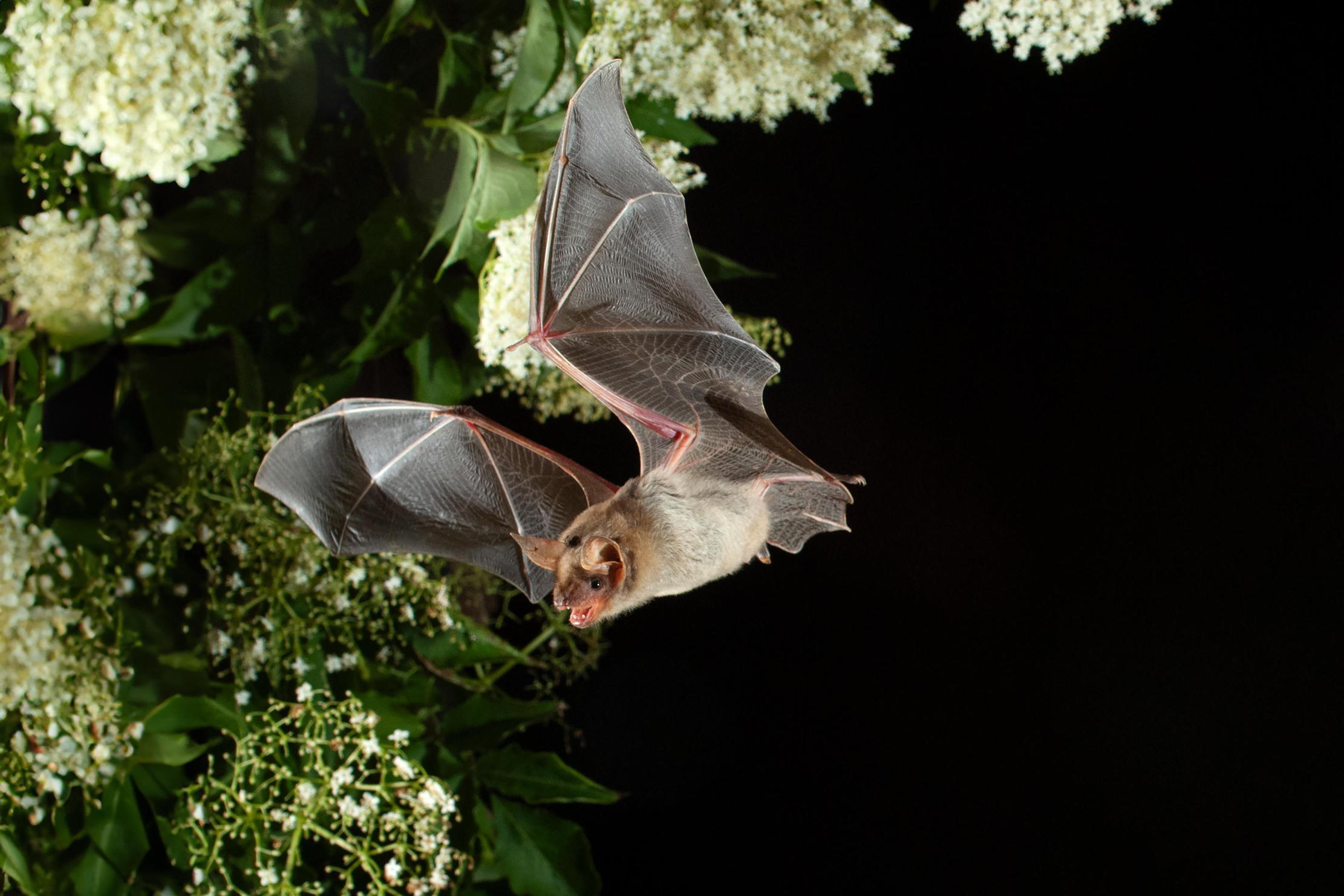 Dawn Chorus: Lonely bat finds love, Britain's best sheep crowned, and the local theatres at risk of closure
Dawn Chorus: Lonely bat finds love, Britain's best sheep crowned, and the local theatres at risk of closurePlus we talk fishing with elite angler Marina Gibson and take the quiz of the day.
By James Fisher
-
 Dawn Chorus: Rent a house with a shark in the roof, red squirrels run riot in Yorkshire and superstitious planning enforcement
Dawn Chorus: Rent a house with a shark in the roof, red squirrels run riot in Yorkshire and superstitious planning enforcementPlus, top properties from the magazine and the daily quiz.
By James Fisher
-
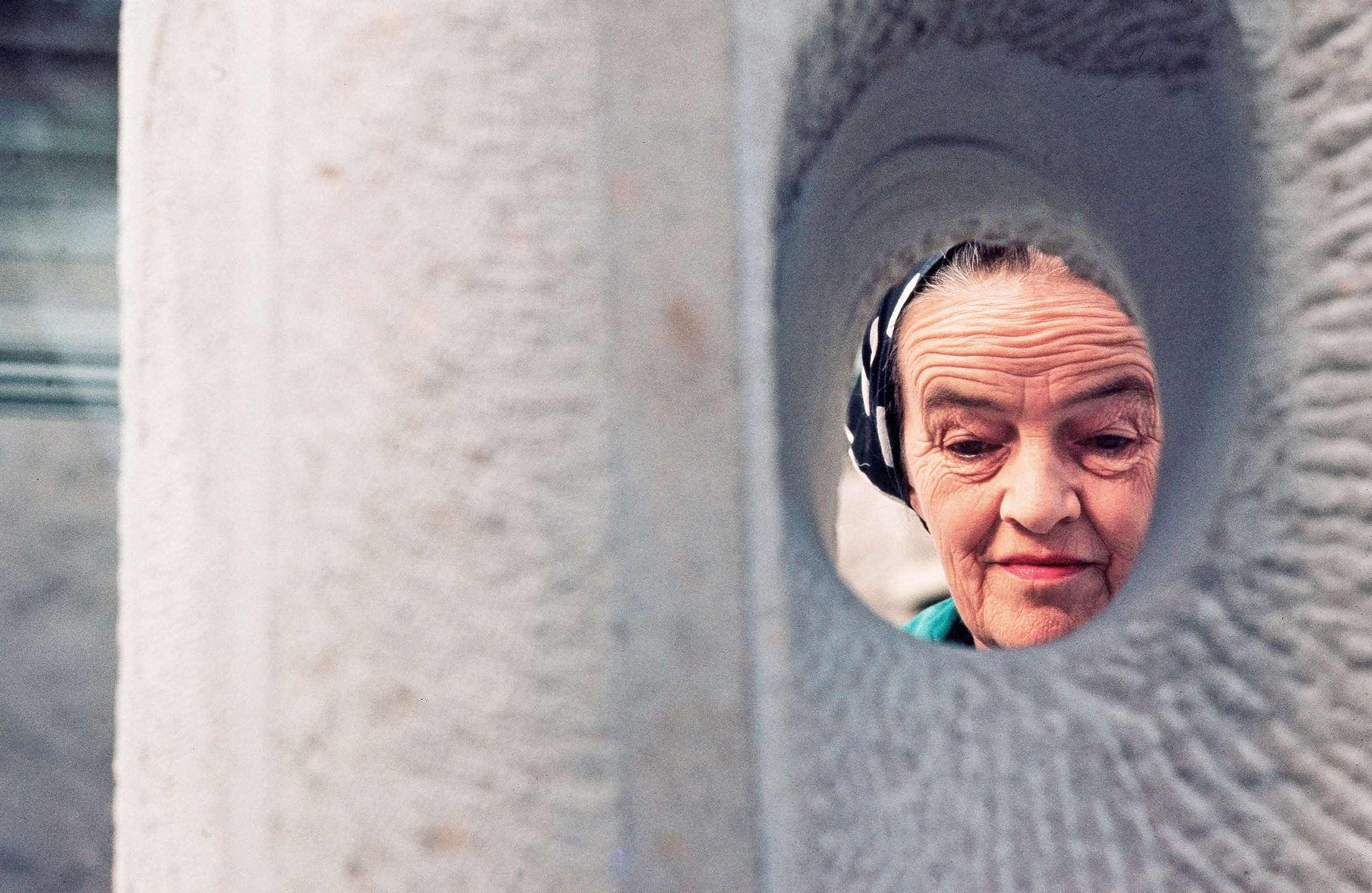 The test-tube cow, a bit of beaver bother, and the strings of Barbara Hepworth
The test-tube cow, a bit of beaver bother, and the strings of Barbara HepworthPlus an Arts-and-Crafts delight in the Surrey Hills and the daily quiz.
By James Fisher
-
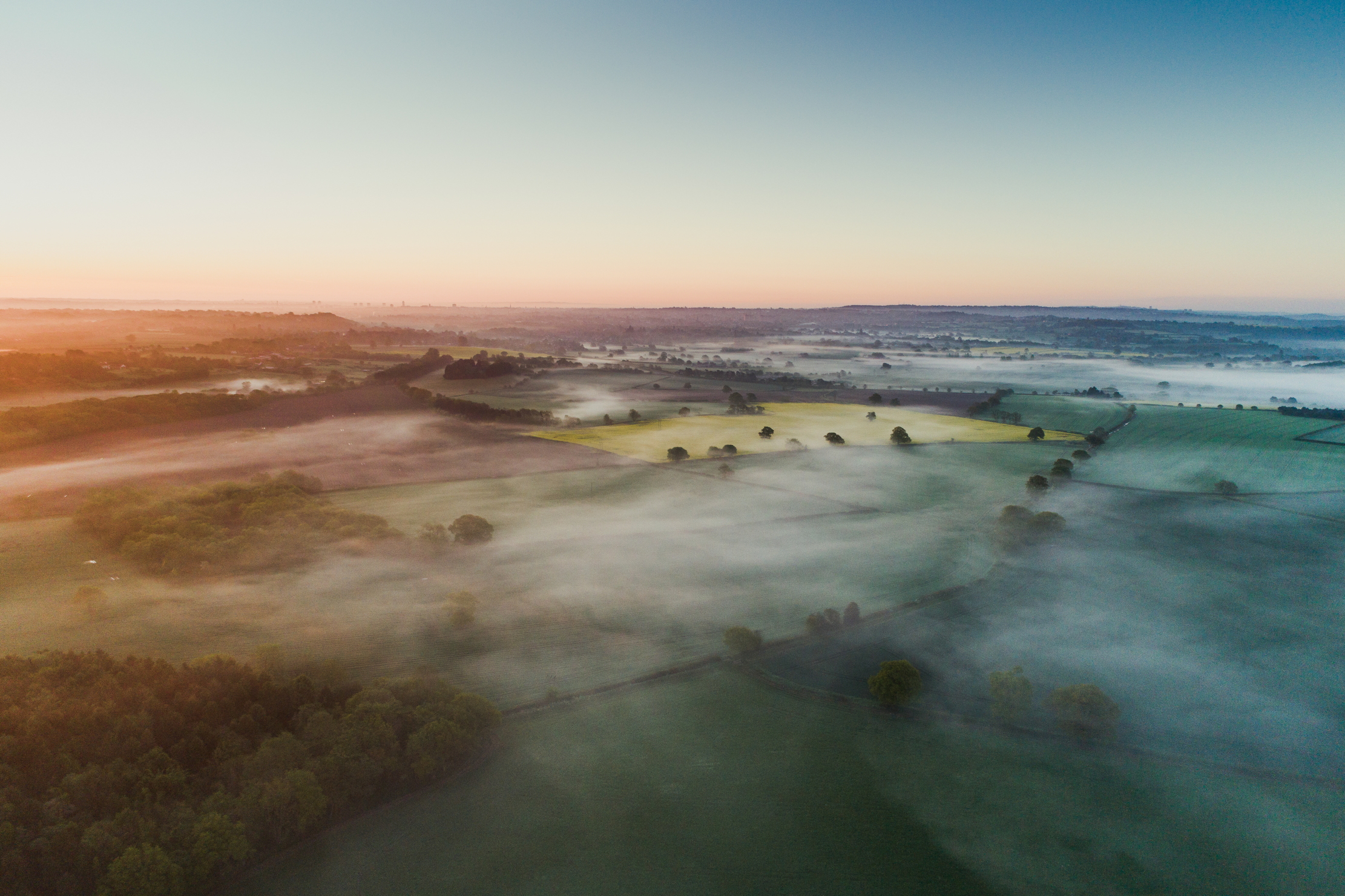 The National Trust's big birthday present, and how much does a tuna the size of a motorcycle cost?
The National Trust's big birthday present, and how much does a tuna the size of a motorcycle cost?Plus England's slowest roads, and the quiz of the day.
By James Fisher
-
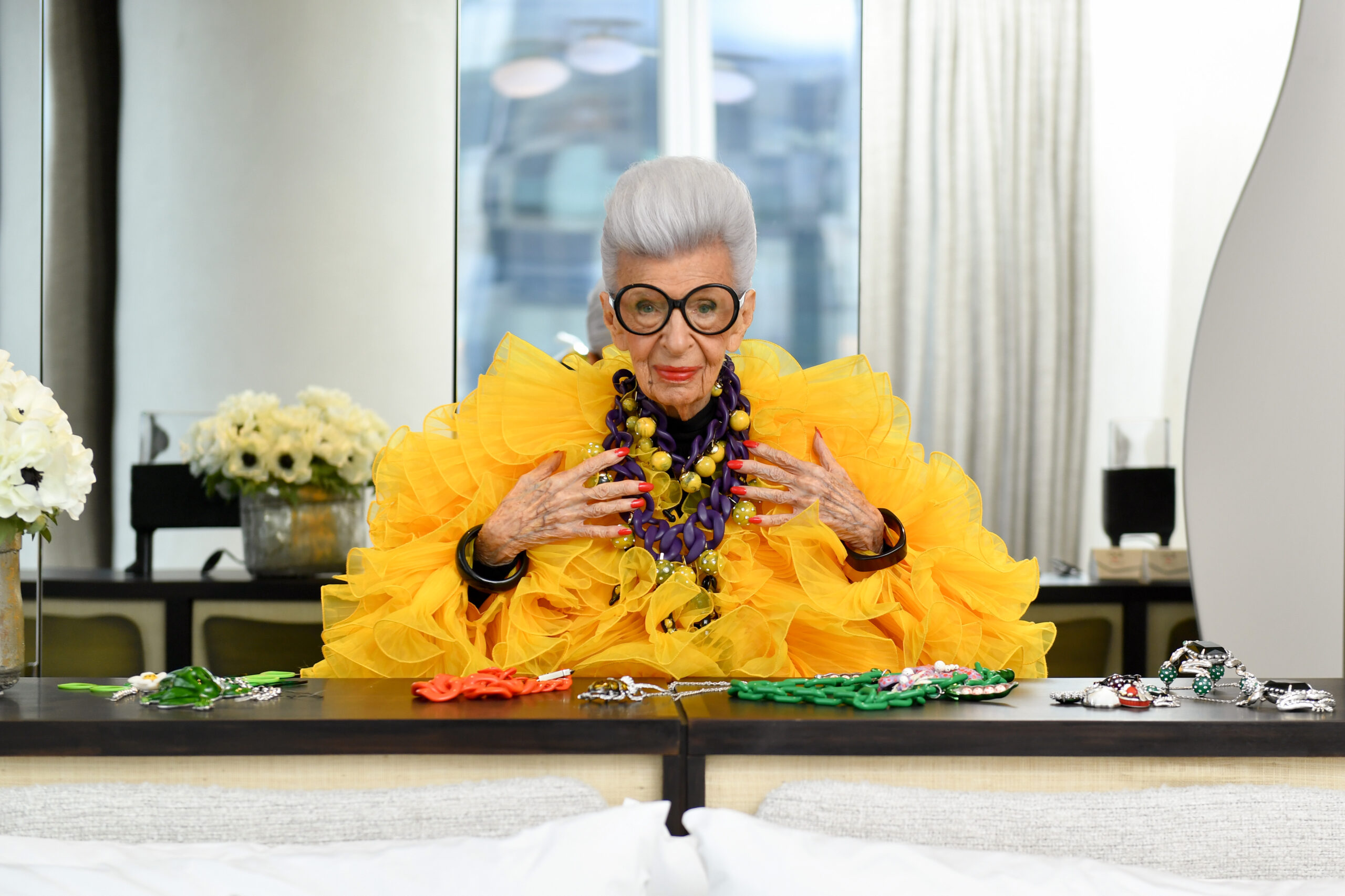 Dawn Chorus: The world-famous fashion icon who found global fame in her 90s, beating the January blues and our quiz of the day
Dawn Chorus: The world-famous fashion icon who found global fame in her 90s, beating the January blues and our quiz of the dayToday’s Dawn Chorus spans the collections of American fashion icon Iris Apfel for sale with Christie’s and 25 years of the Serpentine Pavilion.
By Rosie Paterson
-
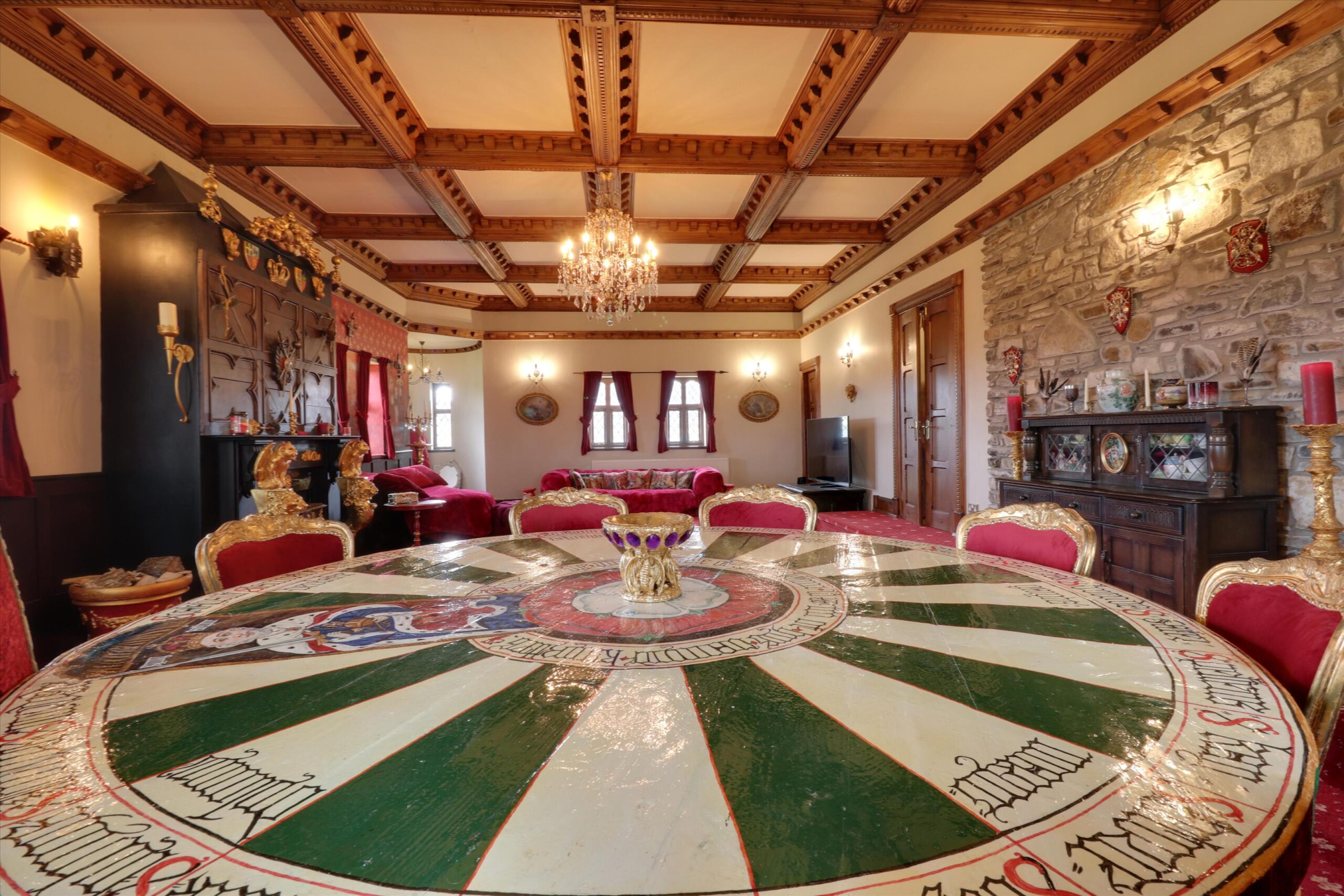 Dawn Chorus: A Traitors-style castle at the price of a Shepherd's Bush terrace, the very hungry otter, and Octopus's garden at Chelsea and our Quiz of the Day
Dawn Chorus: A Traitors-style castle at the price of a Shepherd's Bush terrace, the very hungry otter, and Octopus's garden at Chelsea and our Quiz of the DayThe hugely popular BBC show Traitors and a hungry (and very brave) otter make our Dawn Chorus round-up today.
By Toby Keel
-
 Dawn Chorus: The former acrobat arena you can now call home, the return of the obelisk and our quiz of the day
Dawn Chorus: The former acrobat arena you can now call home, the return of the obelisk and our quiz of the dayThe must have London property for sale with a fascinating past life, what happened 350, 200 and 60 years ago and the decorative take on Cleopatra’s Needle.
By Rosie Paterson
-
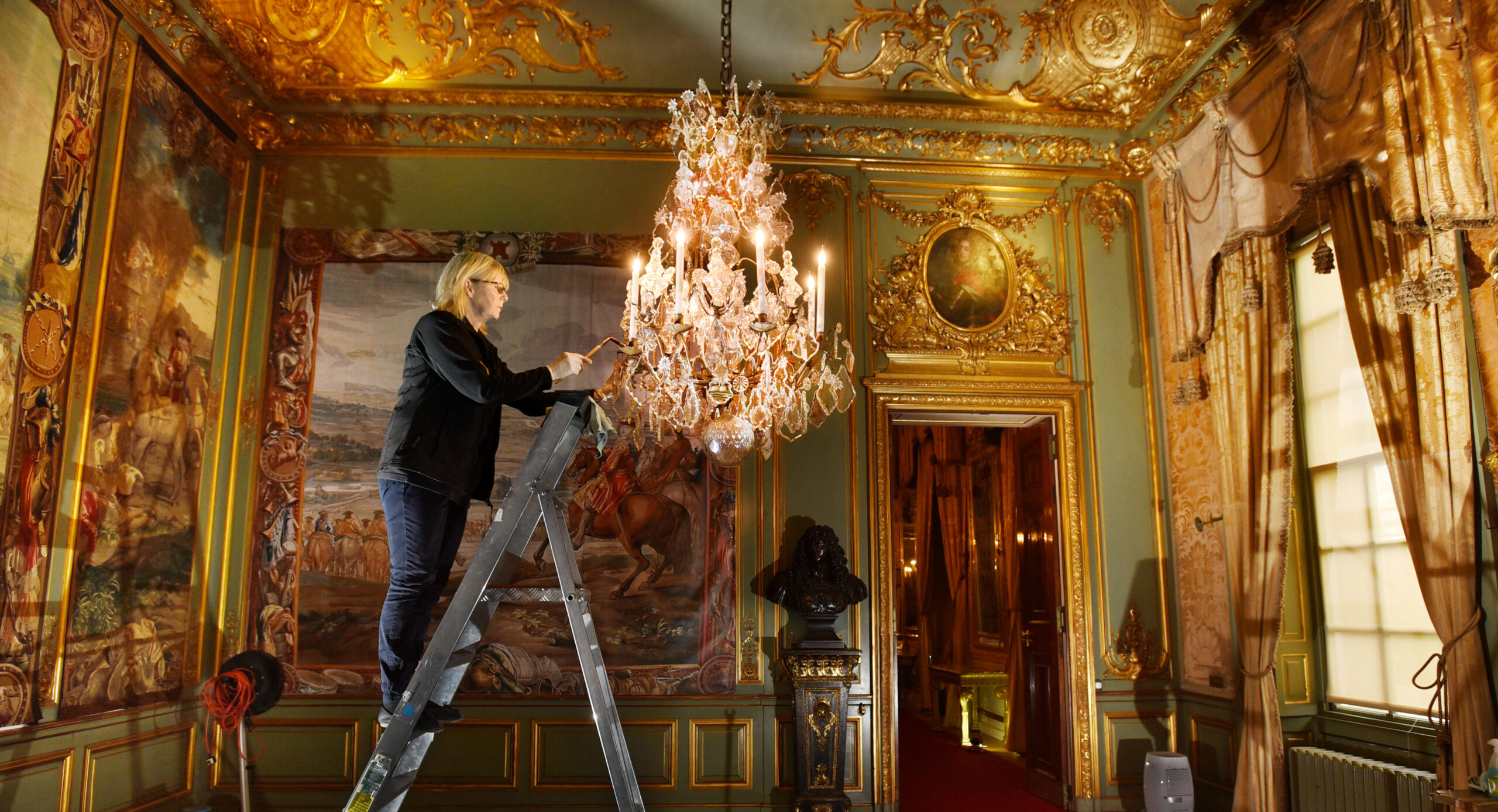 Dawn Chorus: How to clean a priceless chandelier, a Bohemian rhapsody for sale and our Quiz of the Day
Dawn Chorus: How to clean a priceless chandelier, a Bohemian rhapsody for sale and our Quiz of the DayBlenheim's big clean, the best National Park pubs, Maria Callas's costumes and a beautiful, quirky house for sale — they're all in our first Dawn Chorus of 2025.
By Toby Keel
